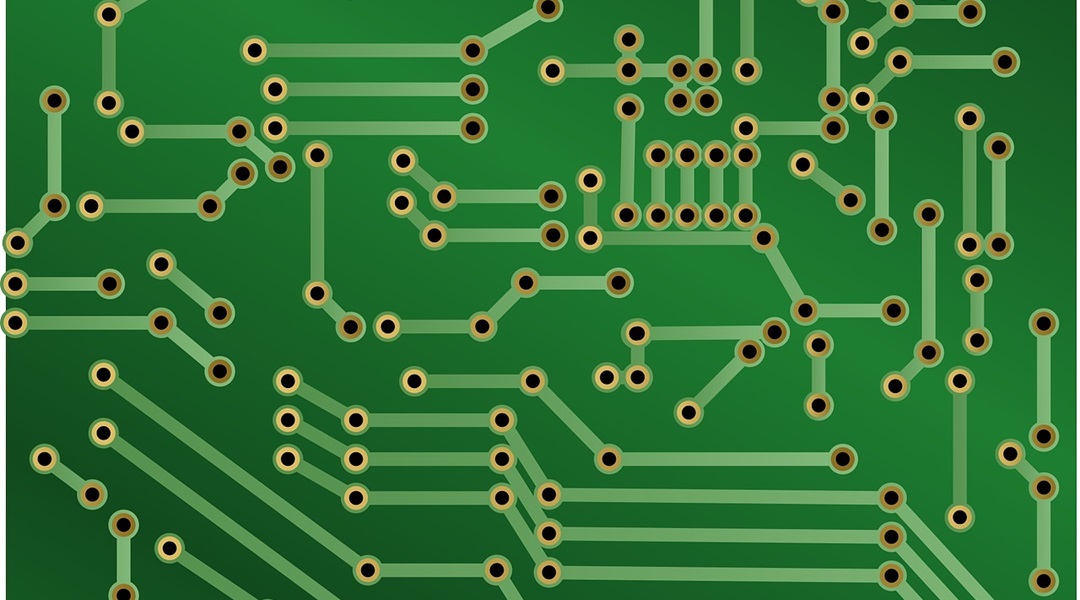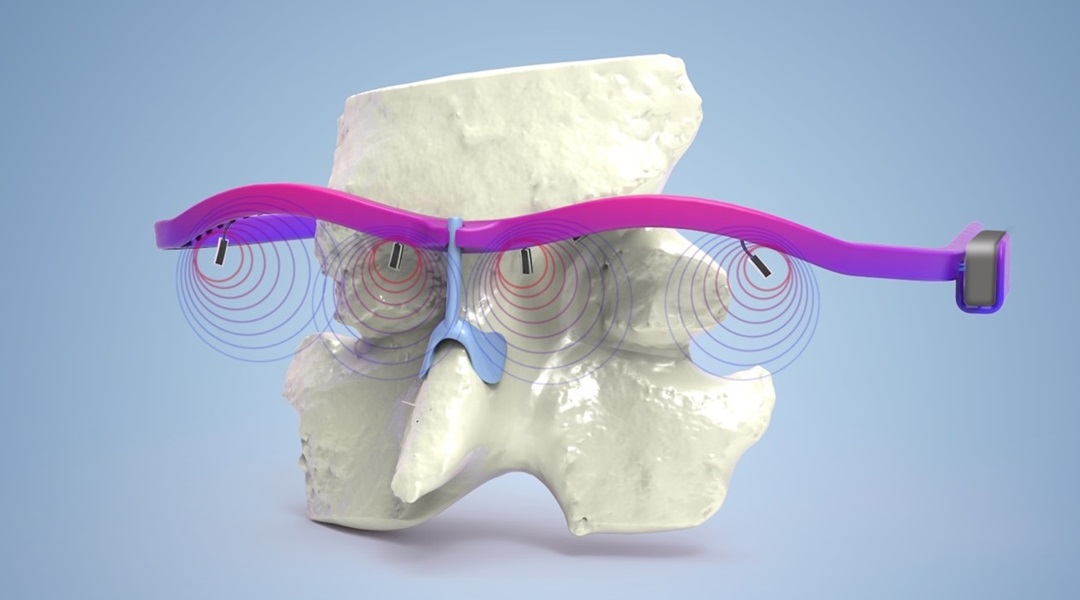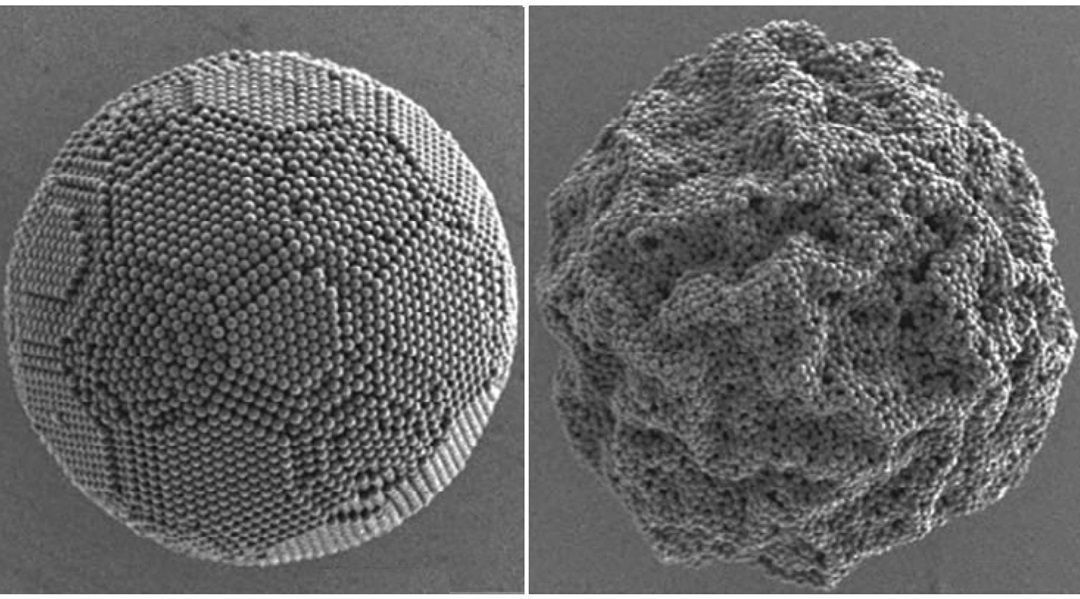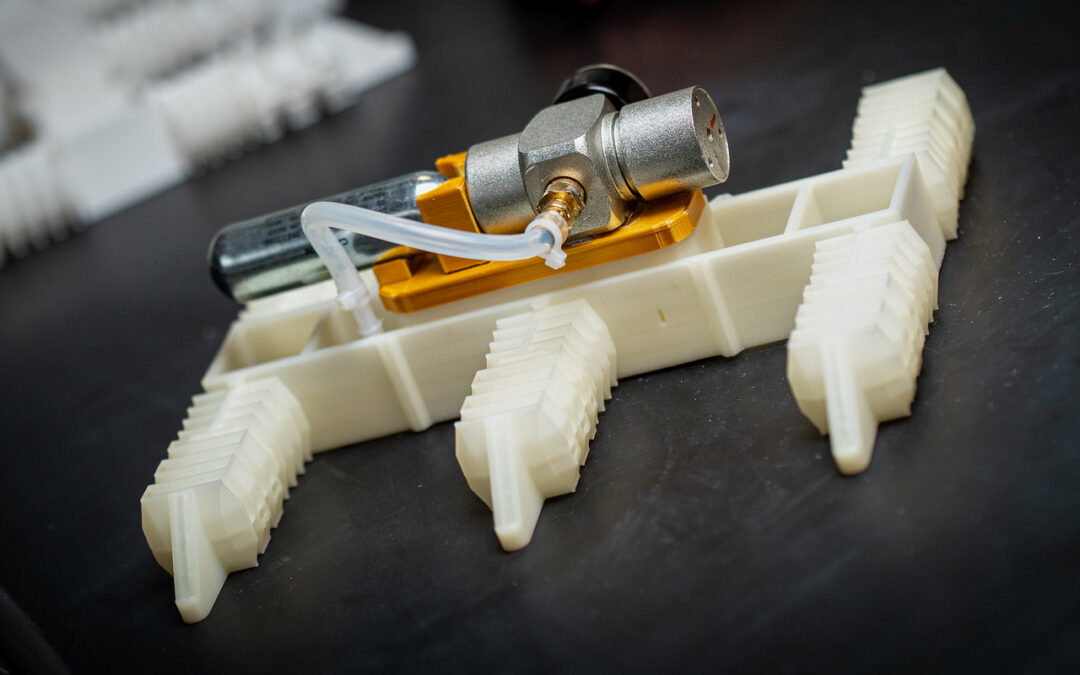The effects of aging on the human brain could be slowed down with the help of artificial intelligence.


The effects of aging on the human brain could be slowed down with the help of artificial intelligence.

Doppler cloak confuses radars by altering the phase of incoming radar waves in real time.

Fabrication of microlasers using all edible components.

The world’s most grown legume could be used to make the batteries of the future.

Low-loss router based on an interferometer preserves polarization while directing single photons and entangled pairs.

Edible electronics from non-toxic materials enable complex ingestible devices for healthcare and food monitoring.

Compact sensors enable integration of fatigue feedback into daily decision-making.

Engineers have developed tactile sensors with increased sensitivity, thanks to auxetic mechanical metamaterials.

pH-responsive surfactants enable control over buckled supraparticle formation in emulsion-based systems.

Robot fabrication in a single step with a desktop 3D printer and pressurised gas.